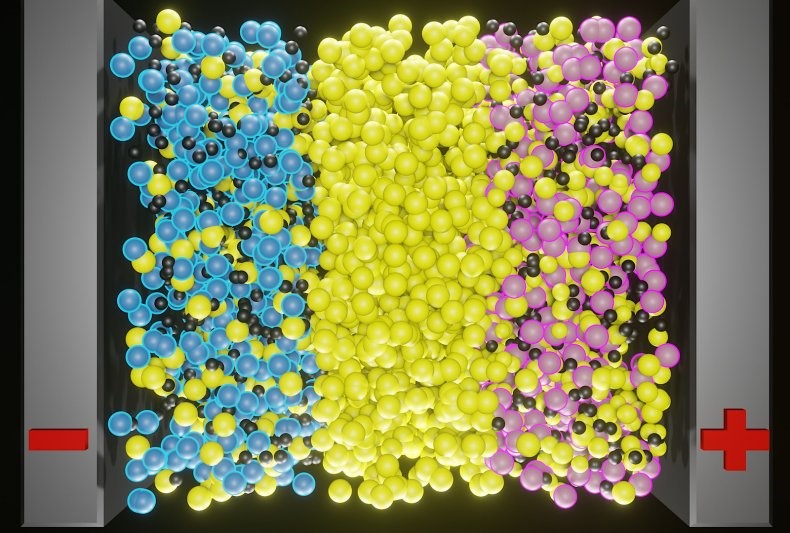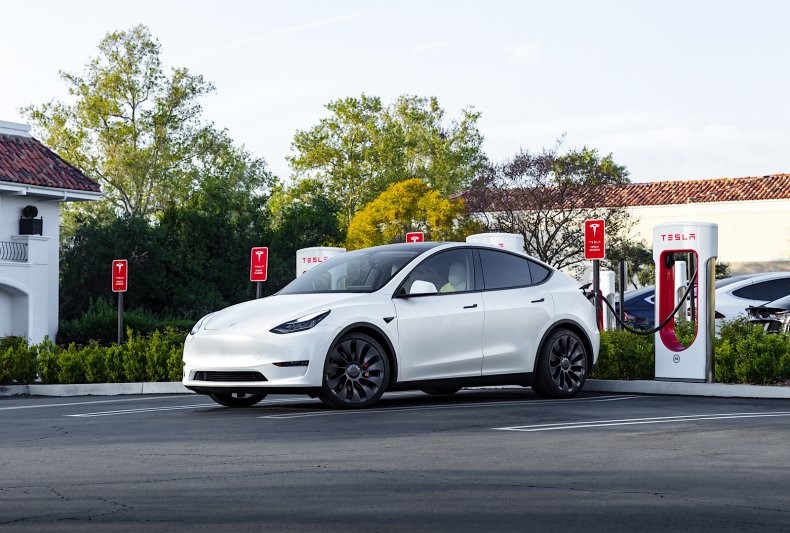Introduction: Electric cars, Hybrid cars & Plug-in Hybrid cars.
Hybrid cars also known as self-charging cars incorporate a small battery and an electric motor to boost efficiency. It requires a petrol or diesel engine as its primary propulsion and then runs in pure electric mode.
In plug-in hybrid vehicles, apart from petrol or diesel engines, a larger battery is also incorporated there, delivering an electric range of up to 50 miles, depending on its model.
The battery of a plug-in hybrid car is used to recharge with a home charging point or can also be charged using a public charging network.
Electric cars, battery electric vehicles, or all-electric battery vehicles depend completely on a battery pack as its means of propulsion. It must be plugged in when the battery is low on juice.
Remember this rule:
In a hybrid you cannot plug in, in a plug-in hybrid you should plug in, and in an electric car, you must plug in.
1. Hybrid Cars:

The most famous hybrid car on the planet is Toyota Prius, which was launched in 1997. This was the world’s first mass-produced hybrid vehicle.
A hybrid car pairs an electric motor with a petrol or diesel engine. It means the driver has access to three forms of propulsion i.e. by engine, by pure electric, or both. Hybrid cars are more efficient and economical than conventional gas-powered engines.
Hybrid Cars: Pros and Cons:
Pros:
1. Familiarity:
The hybrid car is very familiar with the conventional gasoline-powered vehicles. While driving, you will not notice much difference between both and even need not to worry about recharging the battery.
2. Efficiency:
In hybrid vehicles, an electric motor is there to improve fuel economy and overall efficiency. Hybrids are more efficient than petrol, and more economical than diesel cars in the town.
Hybrid vehicles can recharge their batteries either by using an internal combustion engine or by regenerative braking. In regenerative braking, the energy that would have been lost under braking or when lifting off the accelerator pedal is diverted to the battery to power the electric motor.
3. Tax:
The government has announced Tax rebate on hybrid vehicles. As per rule, lower CO2 emission means lower vehicle excise duty (VED), especially in the first year of purchase of the vehicle.
4. Towing:
For anyone looking for an electric car for towing, the hybrid car is the best choice. The maximum towing capacity might be slightly less in hybrid cars as compared to petrol or diesel cars but it is significantly more than of a pure electric car. Even many electric cars are not allowed and approved for towing purposes.
Cons:
1. Cost:
The cost of purchase is higher in the case of hybrid cars as compared to petrol or diesel cars.
2. Range:
The electric range of hybrids is very limited.
3. Ban:
As the government aims to go carbon neutral by 2050, The sale of new hybrid cars is to end in 2035 and petrol and diesel cars are already going to be a history after 2030.
2. Plug-in hybrid cars:

The PHEV, a Plug-in hybrid vehicle is equipped with a battery pack to store and deliver power to an electric motor to run the petrol or diesel engine. The battery pack in the plug-in hybrid vehicle is recharged at home or a public charging network.
The plug-in hybrids are gaining popularity and in the U.K the Mitsubishi Outlander PHEV is the best-selling car model.
Because of a large battery pack, the plug-in hybrid vehicles travel more than the hybrid on electric power.
Generally, a plug-in hybrid car should go up to 20-30 miles of electric range, and in some brands and models, it can go up to even 50 miles of range. The BMW X5 xDrive45e claims a range of 54 miles.
Plug-in hybrid cars: pros and cons
Pros:
Backup engine:
In plug-in hybrid vehicles, the petrol or diesel engine supports the running range of the vehicle, and there is no range anxiety. When the battery is exhausted, the vehicle switches to a petrol or diesel engine. Moreover, refueling petrol or diesel is just like that of conventional gas-powered vehicles.
Less Fuel Consumption:
The plug-in hybrid cars typically start in electric mode and generally, people do not require running the gas engine to complete the shorter trips. Indeed, the average car’s daily trip is generally not more than 10 miles, and for this, the driver does not require switching the gas-powered engine.
Tax:
Especially for company car drivers, it matters great in tax benefits as the Lower CO2 emission means the Tax benefits are greater.
Lower Running Cost:
Driving of Plug-in Hybrid is as easy as a regular gasoline car, only you need to plug-in the vehicle as and when required. The combination of electric and petrol and diesel power delivers improved performance without the high running costs of a fast petrol car. Although, it is a very minor thing but in case if you don’t have access to a charging point, no need to worry much, you simply use the engine until you get home or find a charging station.
Cons:
Upfront cost:
The initial investment cost of a plug-in hybrid is a major drawback. For example, the cost of the Hyundai Ioniq hybrid is around £24,000, while the plug-in hybrid and electric versions are priced at around £30,500.
Change In Driving Habits:
The plug-in hybrid drivers will have to add in their habits of recharging their car before going for the next trip, otherwise, they will have to switch on the conventional gas engine petrol or diesel mode, which will be expensive. A plug-in hybrid is not the best choice if you are not using the battery mode.
Handling:
The Plug-in hybrids are fast in a straight line, with plenty of torque for swift overtaking. The weight of the big battery pack can have a slight disadvantage on the car’s ride and handling. They are less comfortable over pitted roads and more bulky when cornering.
3. Electric cars:

Electric Vehicles in India are growing rapidly. It is a demand to go green and save the environment with sustainable development. In this way, alternative fuel vehicles are in global demand. Electric vehicles are the most popular and adopted way to go green globally. In India, many Indian manufacturers as well as foreign investors have already launched many brands in the Indian Market.
India is growing their electric vehicles market in all segments like two-wheelers, Three-wheelers, four-wheelers, and commercial buses & trucks.
Indian Government has supported with several rebates like manufacturing rebates to the producers and tax rebates to the customers.
Electric cars: pros and cons:
Pros:
Incentives:
The government is offering a rebate of £2,500 towards the cost of new electric cars costing less than £35,000.
A separate grant of £350 is available via the electric vehicle home charge scheme when buying a home charge unit.
Tax:
The government taxes on the purchase of all-electric cars are meager and rebated. These vehicles qualify for the free VED (vehicle Excise duty), lowering the purchase cost.
Low Running Cost:
An electric car is always cheaper to run than a petrol or diesel car. It will be more economical if you charge at home and take advantage of special tariff offers to electric vehicle owners.
The servicing and maintenance cost of electric vehicles is much less as there is no engine and hence no need to do periodic maintenance like lubrication, oiling, etc.
Air quality:
The main attraction of electric vehicles is their zero-emission quality, as there is no combustion engine and no tailpipe.
Driving experience:
The instant torque makes an electric car responsive and fun to drive and gives a great driving experience.
Cons:
Quoted range:
The range of electric cars is a major part of the concern. For a long go you, if your battery juiced, then there is no other option left with you, to go further.
With the range of available electric cars, you do not even think about running long in a single go.
.
Upfront Cost:
Although the running cost is lower in the case of electric cars, the initial upfront cost is big.
A figure of around £30,000 is more realistic, while some upmarket EVs break the £100,000 mark.
Charging:
Anyone without access to a garage, driveway, or off-street parking might struggle to charge an electric car at home, and while the public charging network is getting better rapidly, some areas remain underserved, and there are some reports of inoperative charging units.
Conclusion:
So, if you are planning to go green on wheels and are willing to purchase an alternative fuel vehicle. Think once which one either hybrid, Plug-in hybrid, or electric vehicle is good for you? It all depends on your circumstances, so doing some planning and market surveys is essential.
If your daily running by car is within the city and not much more range is required, then go for the hybrid. A hybrid is a better alternative to a petrol or diesel car, for short trips and city movements.
A plug-in hybrid is an excellent route to a pure electric car, only you must plug it in, before your drive.
The pure all-electric car is the best alternative fuel vehicle with many new technological advances, government rebates, and support.



